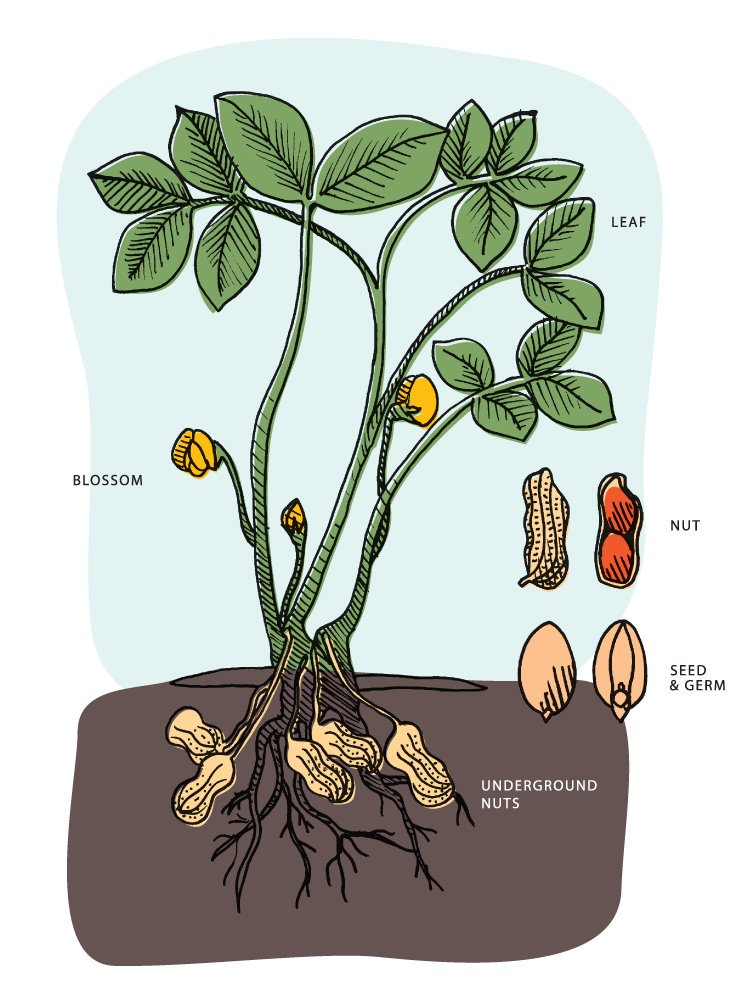By Amon Mwashaireni (ARDA Seeds CEO)
The season 2018/2019 is proving to be a drought one in most areas across the country. This has been attributed to the El Nino phenomenon which was rightfully predicted by the Meteorological Services Department. Rightly so, the Ministry of Lands, Agriculture, Rural Resettlement and Climate, encouraged increased production of small grains during this season. Unfortunately, most farmers, even communal farmers, in all Natural Regions of the country, continue to force themselves to produce maize.
Small grains (sorghum and millets), groundnuts and sunflowers, are crops that are better equipped to thrive under adverse weather conditions. In years of low or unpredictable rainfall as is the case during these past years, small grains will give some yield especially when grown in a multi-cropped system, whereas maize will be a complete write off.
Almost 75% of Zimbabwe land area is in Natural Regions III, IV and V. These are the semi-arid to arid areas of the country. This is where small grains, groundnuts and sunflowers thrive. Most drought tolerant maize varieties being promoted by seed companies are quickly losing their capacity to deal with climate adaptability. However, research is continuing to find more and more drought tolerant and early maturing maize varieties.
Research has shown that small grains are an integral part of food and nutrition security for many households in Zimbabwe. Hence their production should be encouraged or promoted. While the Government and development partners are realising the importance of small grains production from climate adaptation point of view, resource allocation for promotion of value addition remains a challenge. It should be noted that smaller amount of flour (mealie meal) is needed to cook the main meal compared to maize.
The use of recycled seed can explain the continuous fall in yields for small grains. Certified seeds can become available at large scale only if the demand for such seeds is placed on the seed houses, pointing to the need to subsidise small grains seed availability. Research should also be done to ensure that early maturing and hybrid seed varieties for small grains are also found in the local market. Communal farmers continue to use retained seed year after year resulting in very poor yields of small grains, groundnuts and sunflower. Research should also emphasise on increased production of improved groundnuts and sunflower seed varieties. However, seed houses can invest more in such research if they are assured of the market.
Recommendations to strengthen small grain value chain include:
- Key messages on small grains, groundnuts and sunflower must highlight drought tolerance.
- Promote availability of small grain seed at all seed houses. Seed houses should also improve access to the seed across the country.
- Improve road infrastructure in the communal and/or rural areas so that improved small grain seeds are easily distributed.
- Promote farmer technical expertise on small grains through agriculture extension services.
- Harvesting and processing of small grains should be technology driven.
- Build closer relationship between small grains farmers and agro-processors
- Promote small grains marketing.
- Increased research on small grain seed to enhance their yields and resistance to quelea birds damage.
- Provide ‘incentive prices’ to farmers who grow small grains rather than paying a price similar to maize. It is well known that small grains yields are always lower than maize but more healthy friendly and nutritious.
Some ARDA Seeds Small Grains, Pulses and Oilseed Varieties that are drought resistant:
- Sorghum
- Macia – Yield up to 5 tonnes/ha
Small grain cereals which are drought tolerant, medium maturing and very short stature. White grained OPV variety with good disease tolerance. Suitable for production in region III and IV. Grain suitable for food. Susceptible to bird damage.
- SV2 and SV4 – Yield up to 6 tonnes/ha
Production of these varieties is mainly in region IV and V. White varieties with good resistance to diseases and drought tolerant. Medium maturity and intermediate in height. Susceptible to bird damage.
- Groundnuts
- Teal – Yield up to 3 tonnes/ha
Short season variety suitable for dry land production. Pods contain 2-3 pale coloured grains with medium sizes. Good resistance to most foliar diseases.
- Ilanda – Yield up to 3 tonnes/ha
Early maturing variety and has a bunch type growth habit. 2-3 seeded pods with tan coloured kernels. Good resistance to foliar diseases.
- Sunflower
- Mopane – Yield up to 4 tonnes/ha
Medium–framed variety with small oval black seed and high oil content. It is a medium maturing variety with moderate resistance to root and stem lodging.






